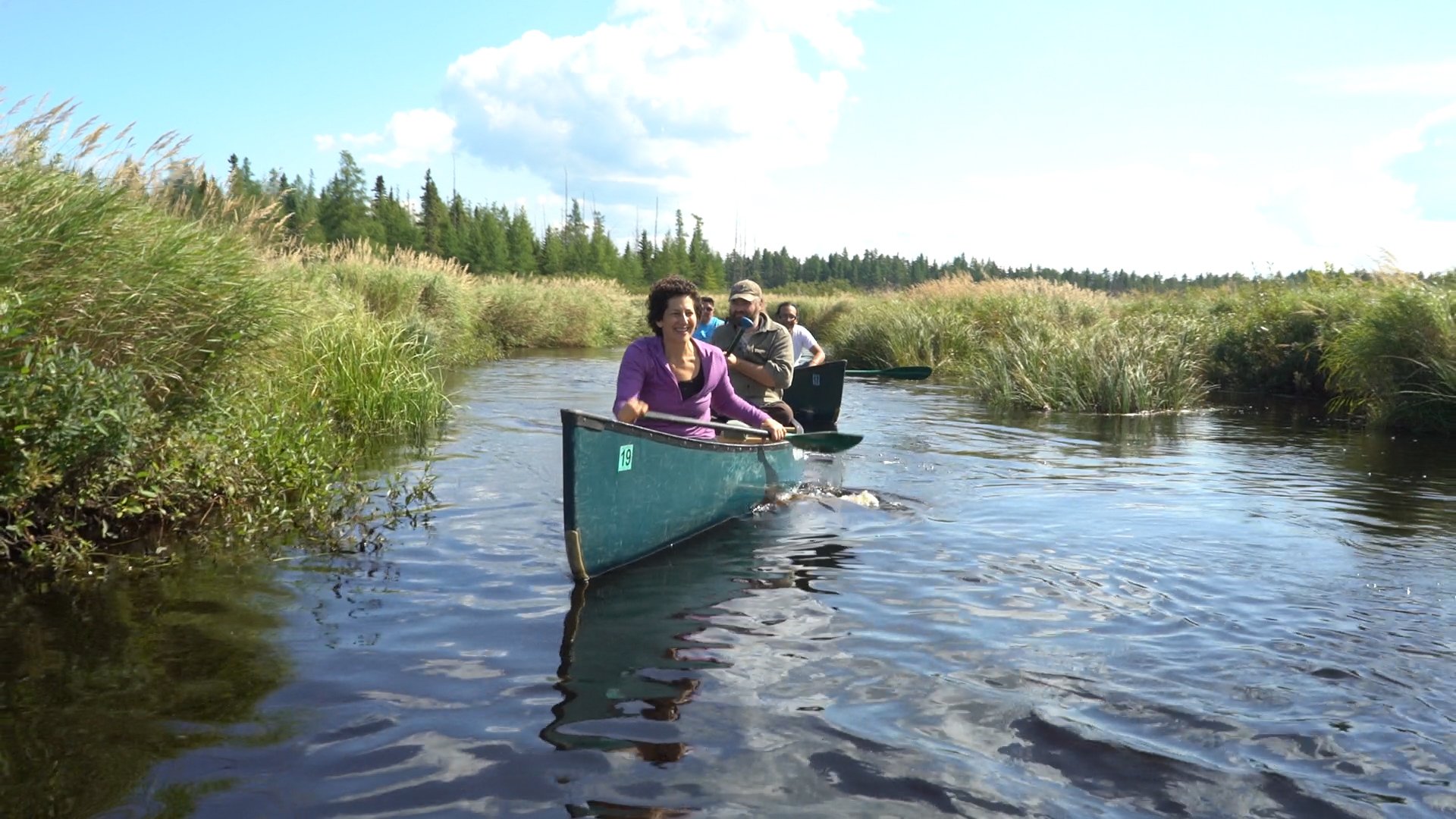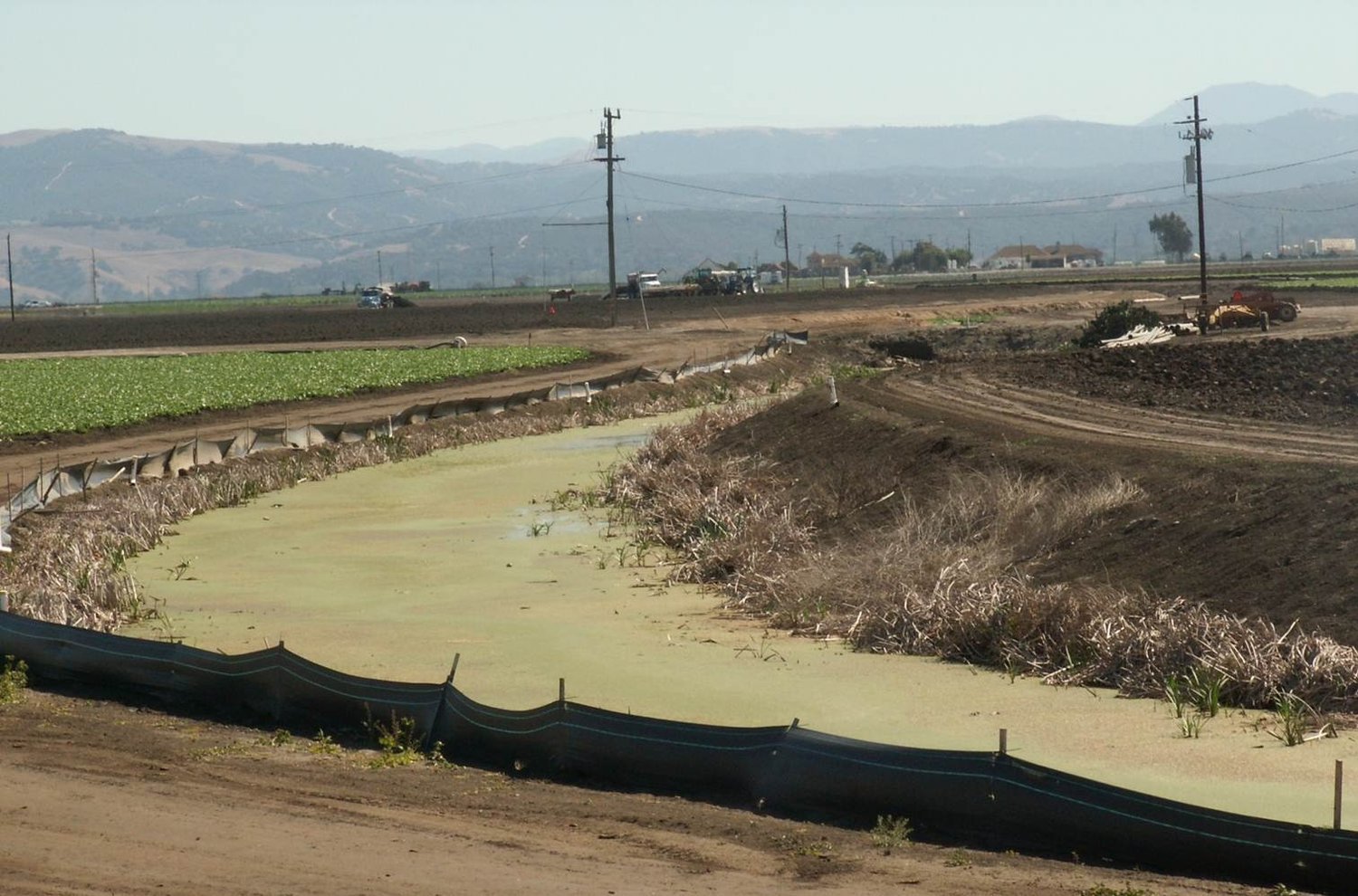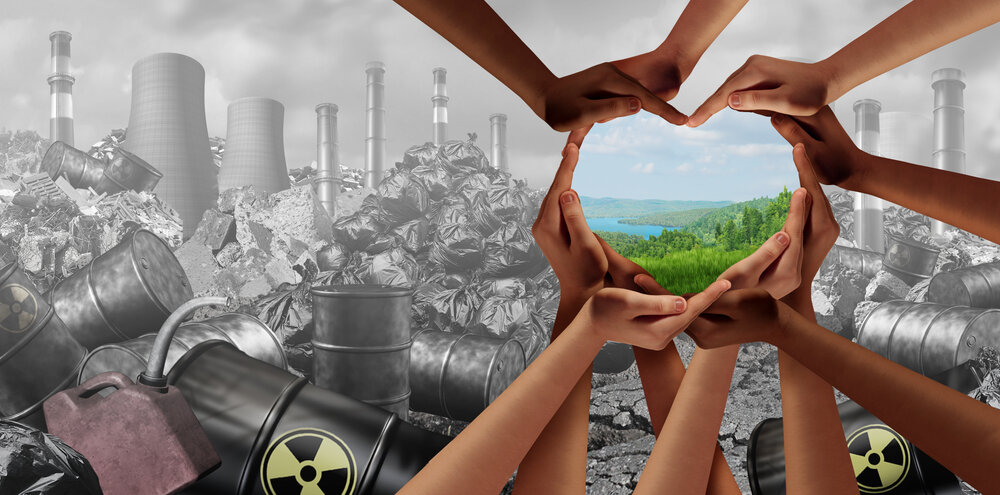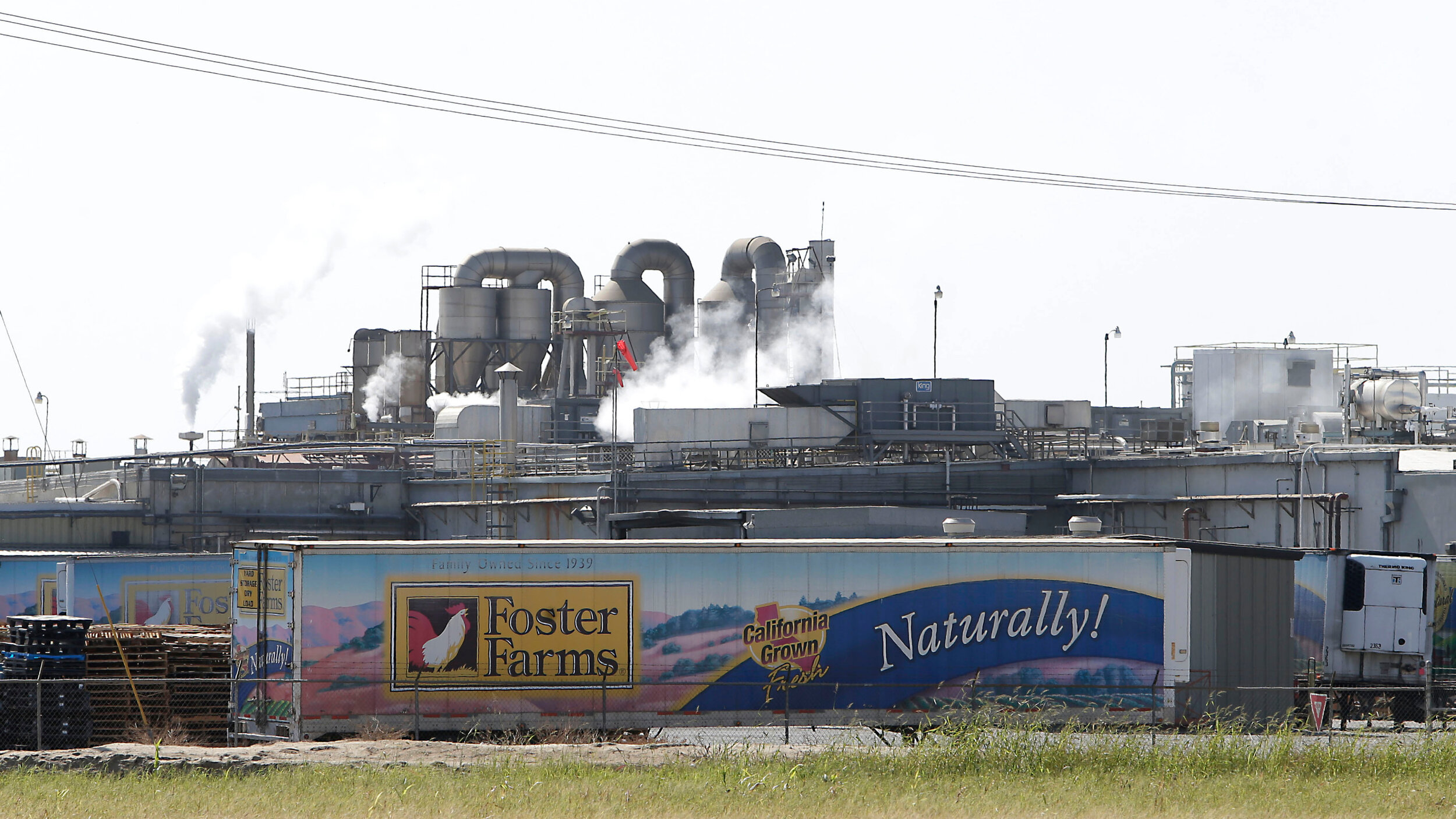Environmental Justice In Ohio: East Liverpool Residents' Battle For Clean Air
Emily A. Collins - Executive Director and Managing Attorney, Fair Shake Environmental Legal Services
I hate clichés. Here's a story about the Impact Fund, and I promise it's cliché-free.
At Fair Shake Environmental Legal Services, we've had our share of uphill battles. Fair Shake uses a sliding scale to charge for its services, so many of our clients are of modest means, and they're often facing corporations with a phalanx of lawyers.
It's so easy—clichéd—to lump such matters into another David v. Goliath story. But that reduces these cases to…well, to something other than people. We represent people, not cases. Besides, neither David nor Goliath had to live next to a waste incinerator plant. Others—specifically people in East Liverpool, Ohio—were not so lucky.
Alzono Spencer was one of the first folks in East Liverpool to recognize the environmental impact of having such a facility as a neighbor.
"Ironically, when I first looked into the (waste incinerator), I was in favor of it," Spencer says now. "They said it would provide jobs, attract industry—who would be against that? But when you look into it, you find out that that was not the case."
The Incinerator Plant is just 1,100 feet from the local school
Spencer and others formed Save Our County, a citizens' group opposed to the incinerator—first to its construction, then to its operation. ("We didn't take that position lightly," Spenser says. "We were trying to make sure that the citizens living in the tri-state area would have their health and safety protected.")
The legal tussle began almost immediately. Although the local county government refused to sign the land agreement for the incinerator site, the state okayed it anyway. Spencer says the plant is just 1100 feet from a school, even though regulations say that such a facility can't be located within 1200 feet. Politicians of all stripes promised the do something, but never did.
After years of frustration, SOC approached Fair Shake. And here is why I hate the David v Goliath trope: The story goes that we reached into our satchel, loaded up our lucky slingshot, took aim at the mighty beast and…
Residents were outraged and the legal tussle began almost immediately
No. There was no magic stone, no instant storybook ending. Like any complicated legal case, it took hard work, tenacity, and lots of research, plus committed clients who were in it for the long term.
It also took money. Cases such as this often turn on technical expertise. Judges—like the rest of us—rely on the evidence of qualified professionals to explain the data and provide opinions. And experts—like the rest of us—don't work for free. SOC wasn't in a position to afford the kind of experts we needed, so we turned to The Impact Fund.
We’re happy to report that the Impact Fund’s support allowed us to build the evidence that was the catalyst to move this case toward resolution.
Cliche? No. Justice Yes.
###
In September 2016, the Impact Fund made a grant of $10,000 to Fair Shake Environmental Legal Services’ for the Save Our County v. Heritage Thermal Services case.













